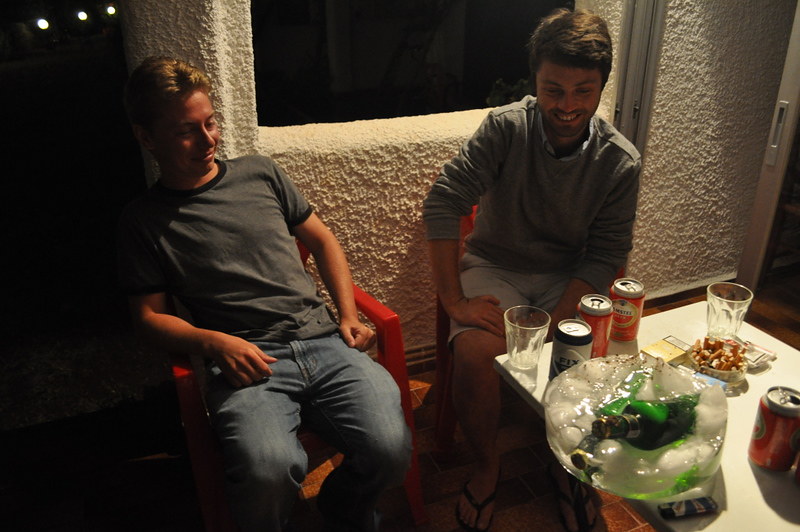Editorial Note: This post was written by Sarah Murray, one of the project directors, about what makes surface surveys distinct from (and superior to) excavations.
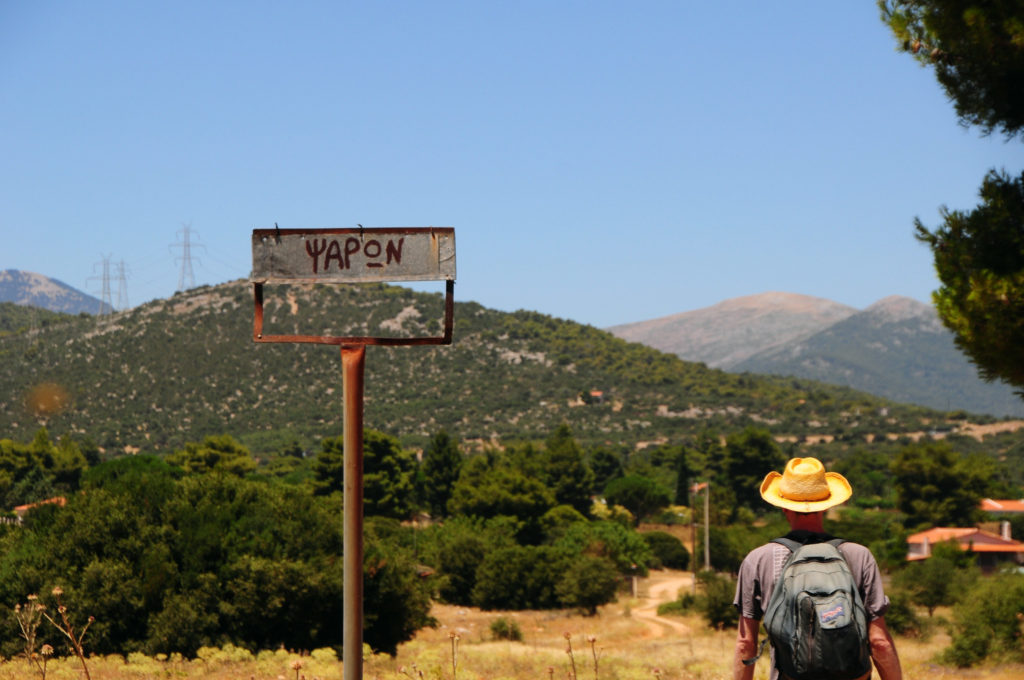
When most people hear the word archaeology, they think about digging. Most famous archaeological sites and objects have been excavated, that is, dug up out of the ground, by big expeditions of dozens or hundreds of workers toiling in trenches to unearth history’s mysteries. Lesser known, at least among people without much professional experience of archaeology, is the other main genre of archaeological project: the surface survey. The point of an archaeological surface survey (like BEARS) is to investigate and document ancient artifacts and structures that are not buried, but sitting in plain site on the ground, usually within a relatively large area.
Whereas excavation involves digging down through stratigraphic layers to uncover buildings or graves or whatever your site contains, survey involves walking in systematic transects across the landscape and making a record of what is visible on the surface. A lot of people are surprised to hear that you can actually find a lot of stuff this way. But you do! Especially in places like Greece, which is what has been called an ‘artifact-rich’ landscape – once you know what a broken piece of pottery looks like, you see them almost everywhere when you walk around in the Greek countryside. And, mostly, that is what we find in surveys: potsherds, along with pieces of ceramic roof tile and (sometimes) pieces of stone tools or the waste from their production (debitage). Once you get off the beaten track, you find a lot of random architectural ruins out in the Greek landscape, too. So there’s plenty of stuff out there to find in a survey.
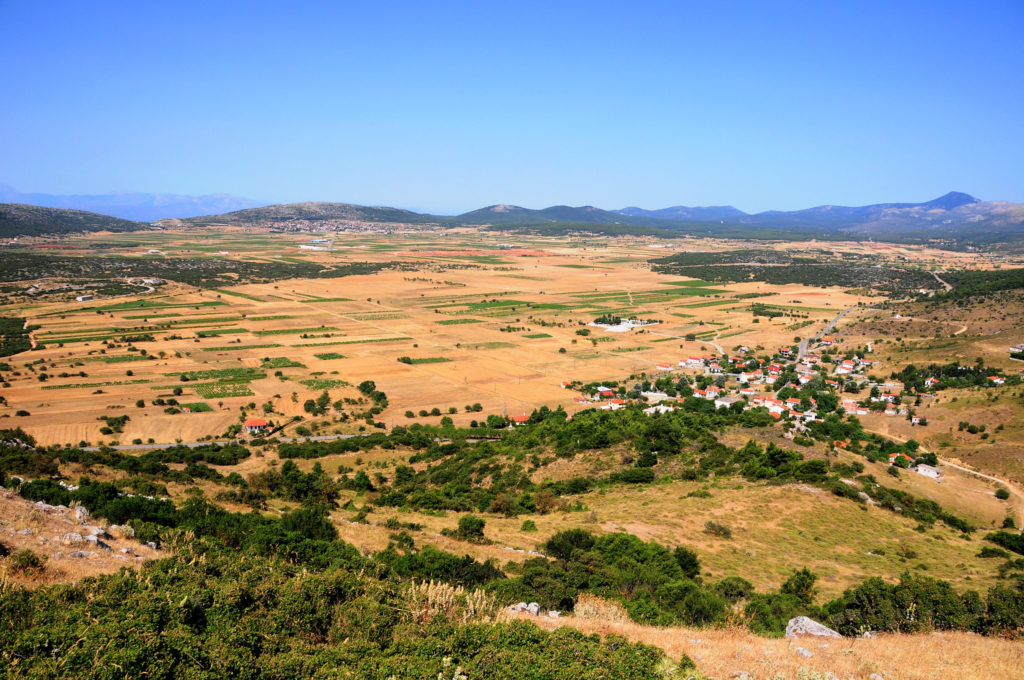
These days, excavation and survey are equally popular and equally respectable forms of archaeological fieldwork, and lots of professionals in the field are equally competent and trained in both methods. However, at least by the time an archaeologist gets into an established career, they will tend to develop an affinity/preference for one or the other, survey or excavation.
The experiences of working on a dig or a survey are definitely very distinct. When you dig you spend most of your time in one trench, and the work is very slow, deliberate, and fastidious. A lot of time is spent on recording and meticulously documenting what happens in the trench, which is essentially a controlled form of destruction. You often find intact, pristine, artifacts and contexts when you dig. The conditions on longstanding, well-established excavation projects are often relatively civilized. The team is large and made up of lots of different kinds of experts who deal with the various kinds of material collected, including faunal or botanical remains, etc.
Survey has a little bit more of a frontiersman, vigilante vibe about it, because most survey projects take place in undeveloped hinterlands characterized by vast tracts of agricultural land – i.e., the middle of nowhere. The projects usually only last for a few years, so rely on ad hoc accommodations (ask me about the famous Alepochori Trash House). Daily work involves walking in lines and staring intently at the ground trying to identify/count artifacts. Surveys rarely recover well-preserved artifacts: most surface material has been kicking around in ploughsoil for thousands of years. Most of the finds are really worn potsherds. Since the finds are limited in type and range, the team tends to be more homogenous than an excavation team, and everyone does more or less the same thing every day: field walking.
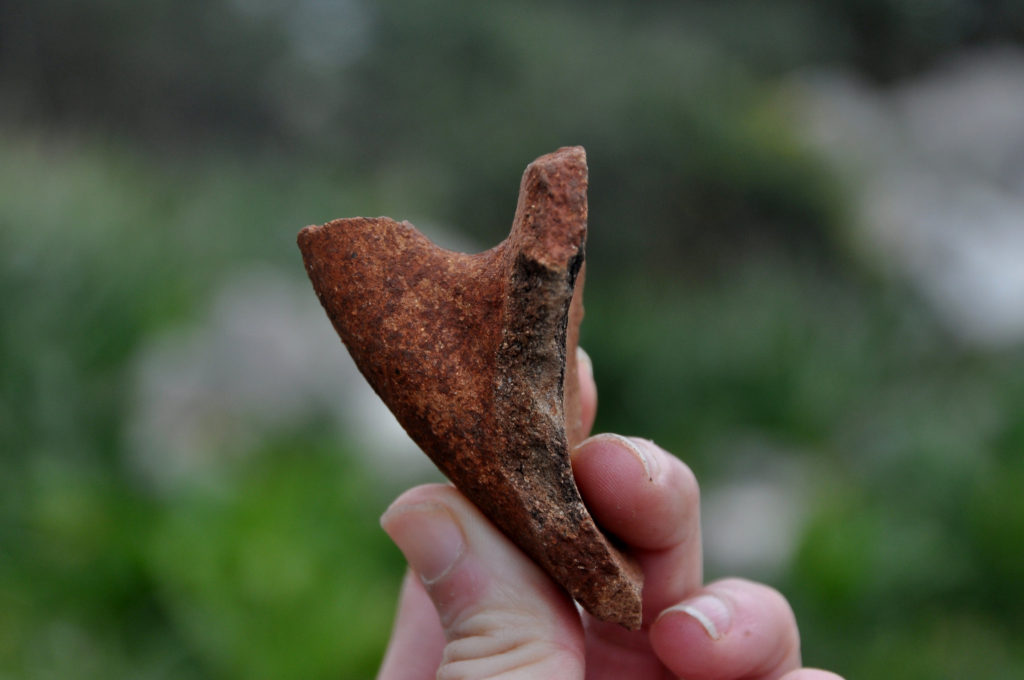
Reading this basic description certainly does not make survey sound all that appealing. Probably not coincidentally, one thing I’ve observed over the years is that excavation people often tend to think that survey people are a little bit bananas: why ever would you want to wander around picking up beaten up sherds when you could be digging up nice contexts and fancy treasures? While I think survey archaeologists (including me) are actually usually at least a little crazy, there are many (to me) logical reasons that survey is a more satisfying and exciting genre of fieldwork than excavation.
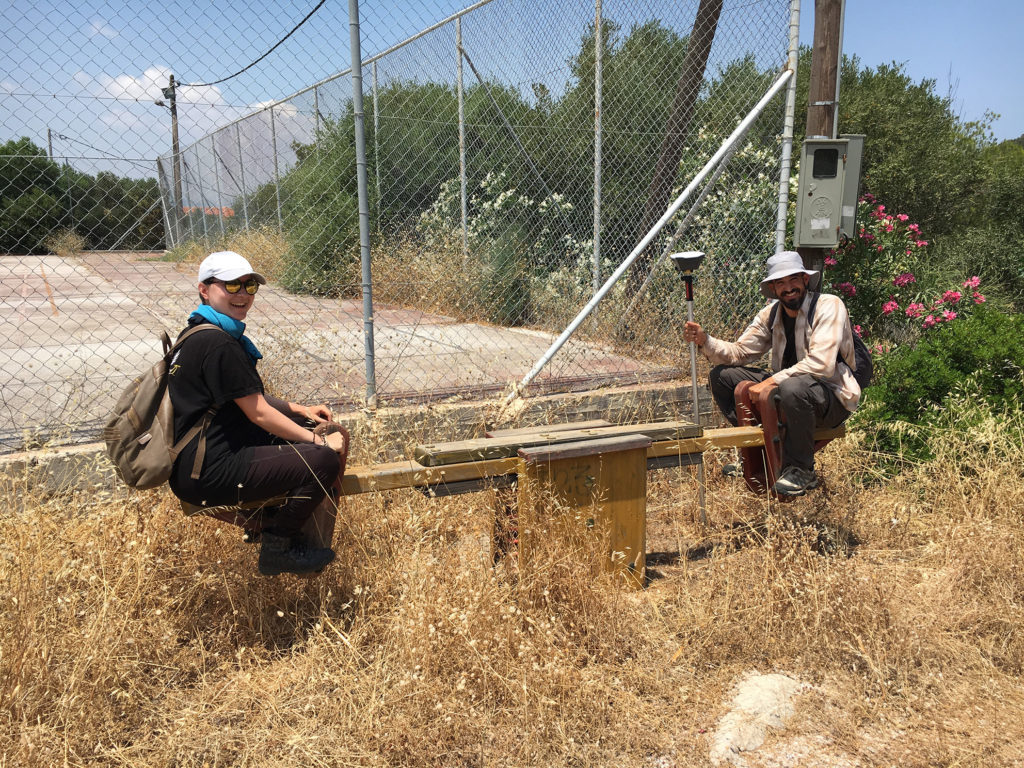
Probably the main reason that I personally prefer survey to excavation is that I have way too much kinetic energy, the ultimate effect of which is that I find it very hard to stay in one place for very long. I know it sounds weird that a person who literally gets paid to read and write for most of the year has a hard time sitting still for too long, but it’s a real problem for me. One of the many crazy things that I do to deal with this is run huge amounts every day – regularly about 75–90 miles a week, depending on what else is going on. It’s not because I care about my health or anything (it’s actually supposed to be mostly bad for your health to run that much) but if I don’t exhaust myself physically every day, I find I can’t sit down and focus on things. It is a huge waste of time. I wish I was more like normal people in this respect. Anyway, I just don’t have the constitution to sit in a trench day in and day out to do the meticulous work of excavation. Survey is much more like hiking – you move around the landscape and see different perspectives all the time, which I find much more interesting than being in one place all of the time. Basically, if you have a general love of any kind of perambulation – running, walking, climbing up stuff –you’ll probably enjoy the daily work of survey more than an excavation.
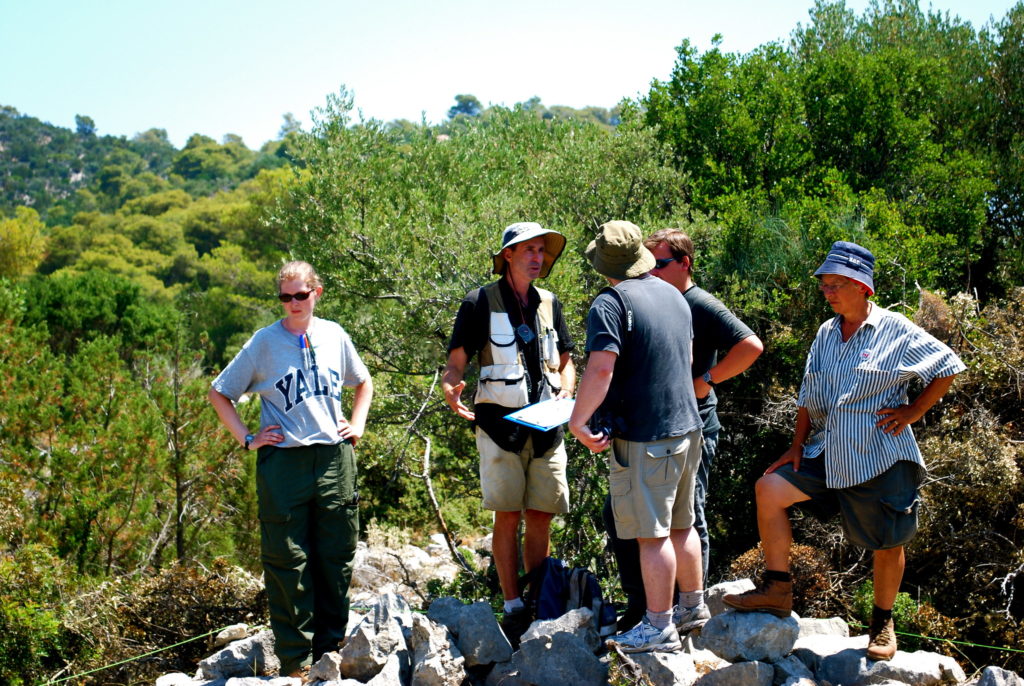
There’s also a kind of masochistic streak that tends to run through survey archaeologists. If your idea of a good time is sitting on a comfortable chair in the shade eating cookies while you oversee a team of diggers slowly removing loose soil from a habitation surface, you should probably stick to working on an excavation. Survey, on the other hand, almost always requires seemingly ridiculous physical challenges.
It’s Greece in the summer, so it’s going to be hot, and the big agricultural fields that you’re walking usually do not have any shade whatsoever. Sometimes it’s impossible to even find any good shade for taking a break in, so you just pull up the nearest hot, pointy limestone to sit down on for five minutes, and resign yourself to getting your brain blasted by the sun all day long.
The quantity of thorny plants in the Greek countryside sometimes defies belief. Even a seemingly innocuous looking wheat field will be full of some kind of thorny underbelly. It doesn’t matter what you do – at the end of the day of survey you will usually end up feeling, to some extent, like a human pincushion. Sometimes you will survey in uncultivated areas populated by very, very thorny plants, generally known as maquis, which are something out of an evil Disney villain’s imagination. The first survey I ever worked on, around the village of Korfos in the Corinthia, involved walking gigantic units of thick maquis forest, and this was quite an amazing joy for any masochist. Half the time you would be doing something akin to surfing on the plants, suspended five feet above the ground by hundreds of thorn claw hands, like a contestant on a rural Greek version of Double Dare. The other half of the time you were crawling underneath a thicket battling hordes of wolf spiders and moving one limb at a time through the impenetrable shrub. We did not find very much that way, but it was certainly something to do.
Then there are the funny intellectual challenges that you are juggling along with the physical ones while covered in thorny wounds and sweating your brain out of your ears. At Korfos a lot of what we were doing in our maquis-filled units was trying to find architectural features. But the team could hardly ever agree on whether a feature that someone identified in a unit was a wall or not, so we’d stand there arguing about it forever. And good luck getting your team to keep a bearing on their compass while suspended in a maquis bush, maintain accurate counts of artifacts in 100 degree heat, etc.
Anyway, survey work is pretty brutal sometimes, but there are people like me who love that kind of stuff. I mean, how often do you get to fight through a thorn bush for the sake of knowledge in your normal life? I’d way rather do any of that than sit in the shade eating cookies all the time. Again, I think this is just an issue of constitution. It is often observed that surveyors tend to have a lot in common with goats.

Ample physical exhaustion tends to cause people to go a little bonkers, and this is another advantage: you spend a lot of time hanging around in strange environments with a bunch of smart, interesting people who are kind of losing their minds. As a result, you can get into some pretty funny shenanigans. I think people on excavations tend to be a bit more serious, because if you mess up on an excavation you actually destroy and ruin the archaeological record in permanent, damaging ways. Survey work is not totally noninvasive – you are removing material from the surface and thus changing the archaeological record – but the stakes are a lot lower. Surveyors have leeway to go a little more berserker in the field. The mood is a bit more mellow in general, which is good for people like me who don’t perform well under pressure.
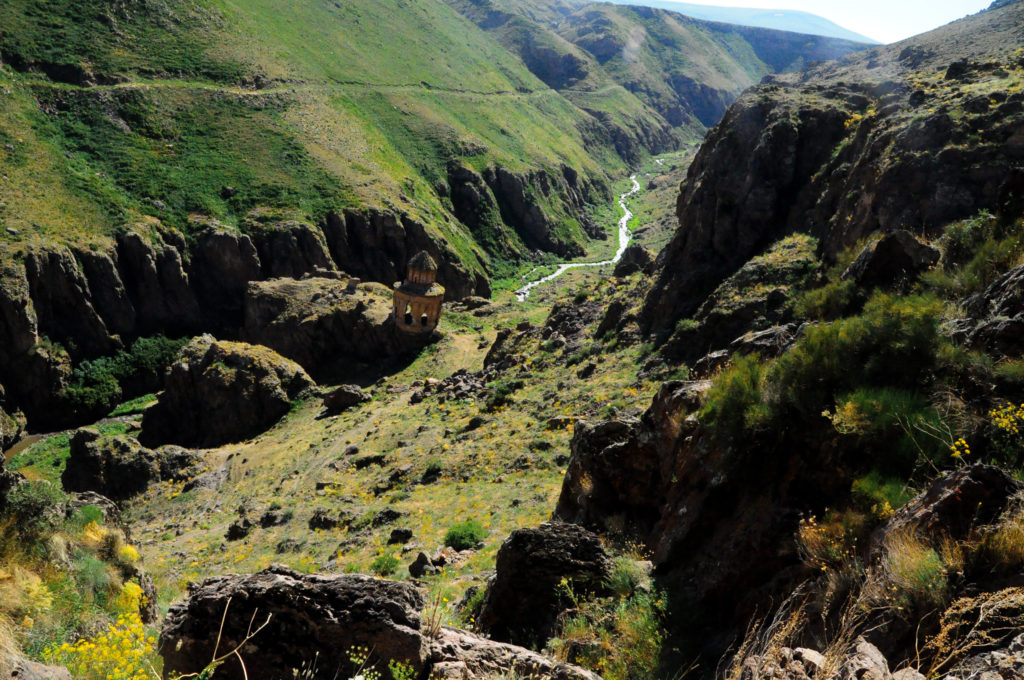
I guess a lot of what I’ve said so far is maybe not making the best advertisement for survey, unless you’re like me and just enjoy all kinds of physical challenges. But there’s more to the appeal of survey than that! Another thing that’s great about it is the sense of anticipation. Most of the time you don’t really find anything that exciting; sometimes you can go for days on a survey and find very little more than nothing. But, it’s always possible that you will find something exciting at any moment! The archaeological record is full of surprises, and you really never know what you are going to discover on a given day or in a given unit. Since you can’t know exactly when that moment is going to come, you have to stay on high alert at all times, lest you miss the exciting thing when it crosses your field of vision. I really like this feeling and I think it’s one reason that I’m a good surveyor: I am very excited about the possibility of what might be there for the finding and remain at sensorial DEFCON 1 at all times so that I don’t miss anything.
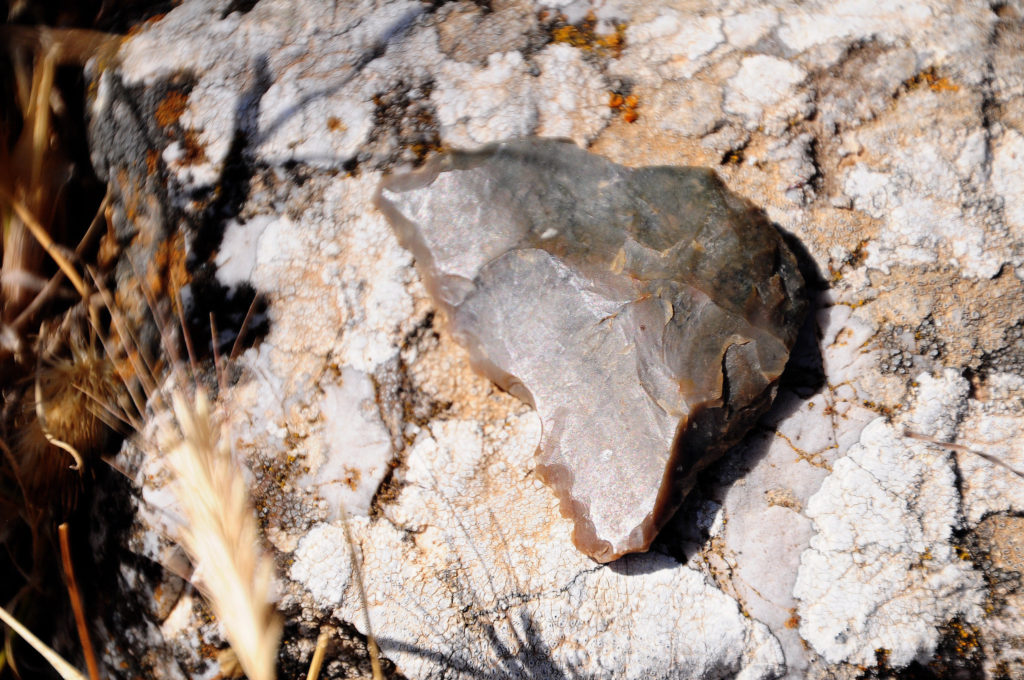
To have this feeling you do actually have to find survey material exciting. Excavators tend to think that survey finds are just kind of pathetic: certainly they are usually pretty beat up, and they are not always the most visually impressive. But there’s still something pretty cool about picking up an ancient object that’s just been languishing on the ground for thousands of years. One of my first survey finds was a huge, perfectly symmetrical, yellow chert projectile point lying on the beach of a reservoir in North Carolina (I was working an amphibious CRM survey for the TVA). It was an isolated find, just sitting out there by itself, basically in someone’s back yard. To me, it seemed like a miracle to encounter it there. I guess you need this toddler-like ability to get excited about such small things to really get into surveying. I myself have a completely irrational love of lithics. I find them to be extremely seductive. I never tire of picking them up and gazing upon their many complex surfaces and contours. I couldn’t say why – I’m not a lithics expert and don’t really even know more than basic information about how to read or interpret them. But I never met a lithic I didn’t get excited about.
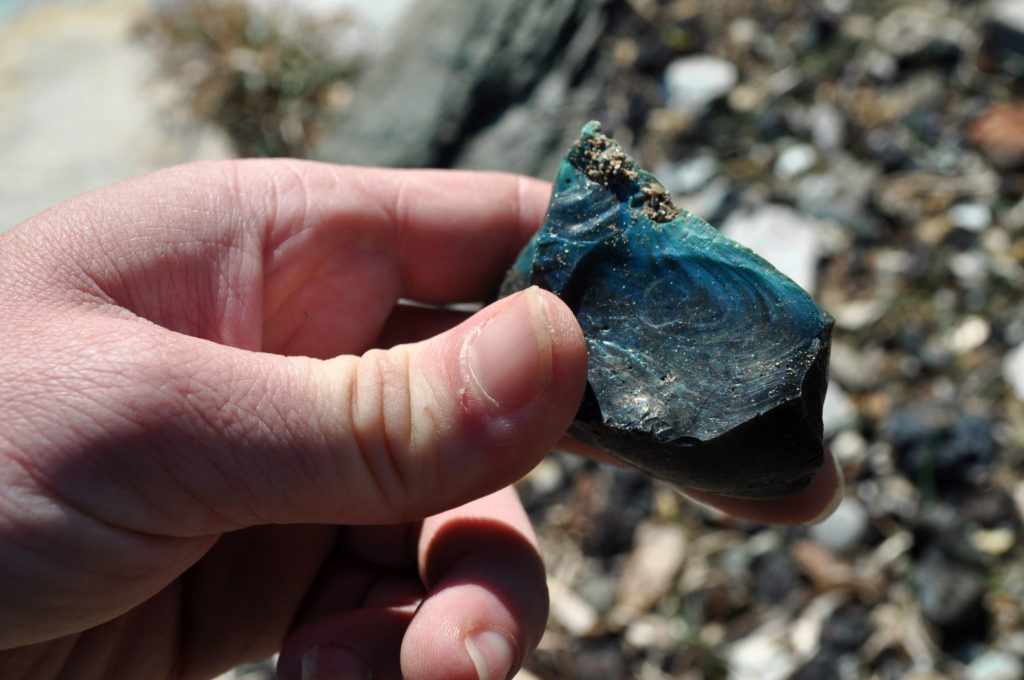
Another thing that’s great about doing survey is that it trains your eyes and brain to do incredible things. Most people look at the ground or the landscape and just see ground and landscape. But doing a lot of survey teaches you to do a lot more with the information that you see in the world around you. When you look at the ground you can immediately, without even thinking about it, distinguish any kind of anomaly from what is natural and normal. That’s basically what you are doing when you’re walking a survey unit: scanning the ground and trying to identify anything that looks out of place from the normal natural stuff – rocks, leaves, grasses, etc. Now that I’ve done a ton of survey I find I can’t turn this inner survey cyborg off – my partner always gets annoyed with me when we are on vacation, because I find lithics almost everywhere, and then I get distracted and want to spend a bunch of time wandering around staring at the ground.

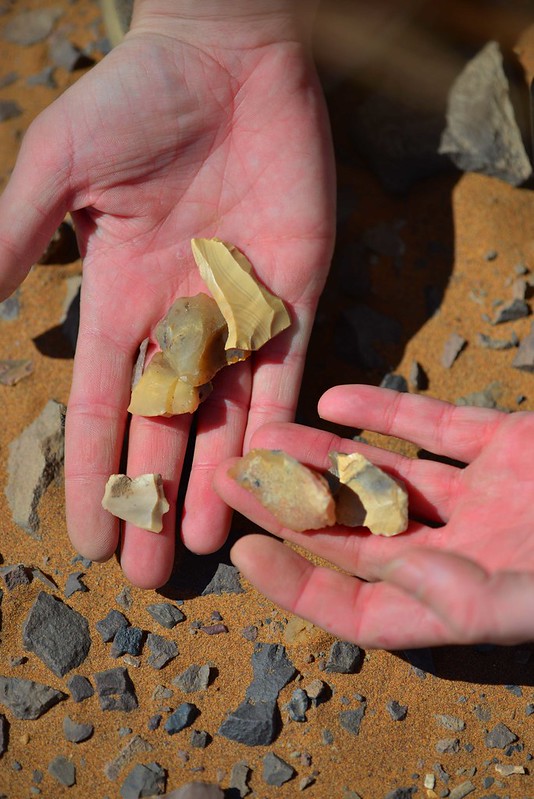

But I can’t help it! It’s just the way my brain works now. Same goes with the landscape – once you survey enough, you can usually look at a landscape and intuitively know where probable human habitations might be, what sorts of trees grow where water sources are, likely locations for farmsteads, etc. These are pretty cool visual superpowers to have.
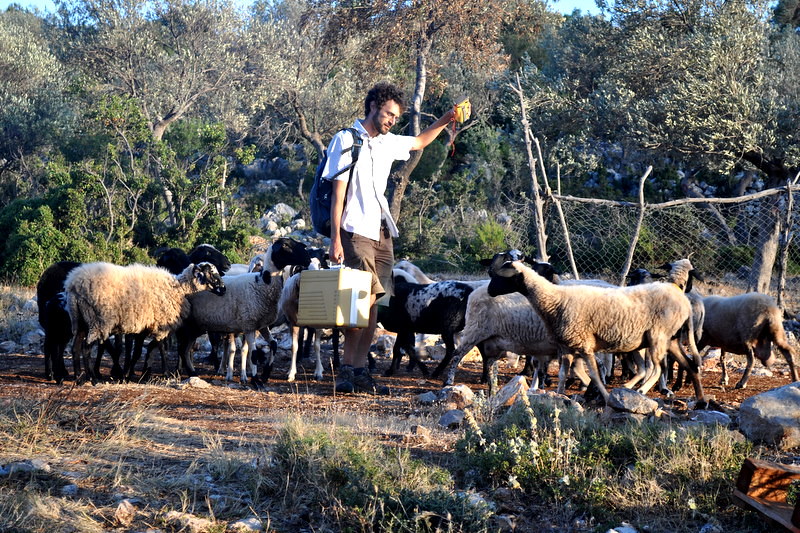
Finally, you get to hang out with a lot of great sheep and goats when you are doing survey in the Greek countryside: hanging out with sheep and goats is a universal good that is almost certainly the most important reason that survey is superior to excavation. It’s also the biggest bummer about the BEARS project: much to my chagrin, there are basically no sheep or goats in the Porto Raphti region. I guess every project has its strengths and weaknesses.

Survey archaeology is not for everyone, but if you have the right temperament there is really no better way to spend a hot summer day. Survey archaeologists are definitely “my people”. I have had infinite amazing times working in the field with them, not to mention a million fun, weird hangouts during the late nights that followed. We surveyors tend to be a little out of the ordinary, but maybe that’s the whole point.
